Home>diy>Planning & Engineering>What Motivates You To Be A Landscape Architect
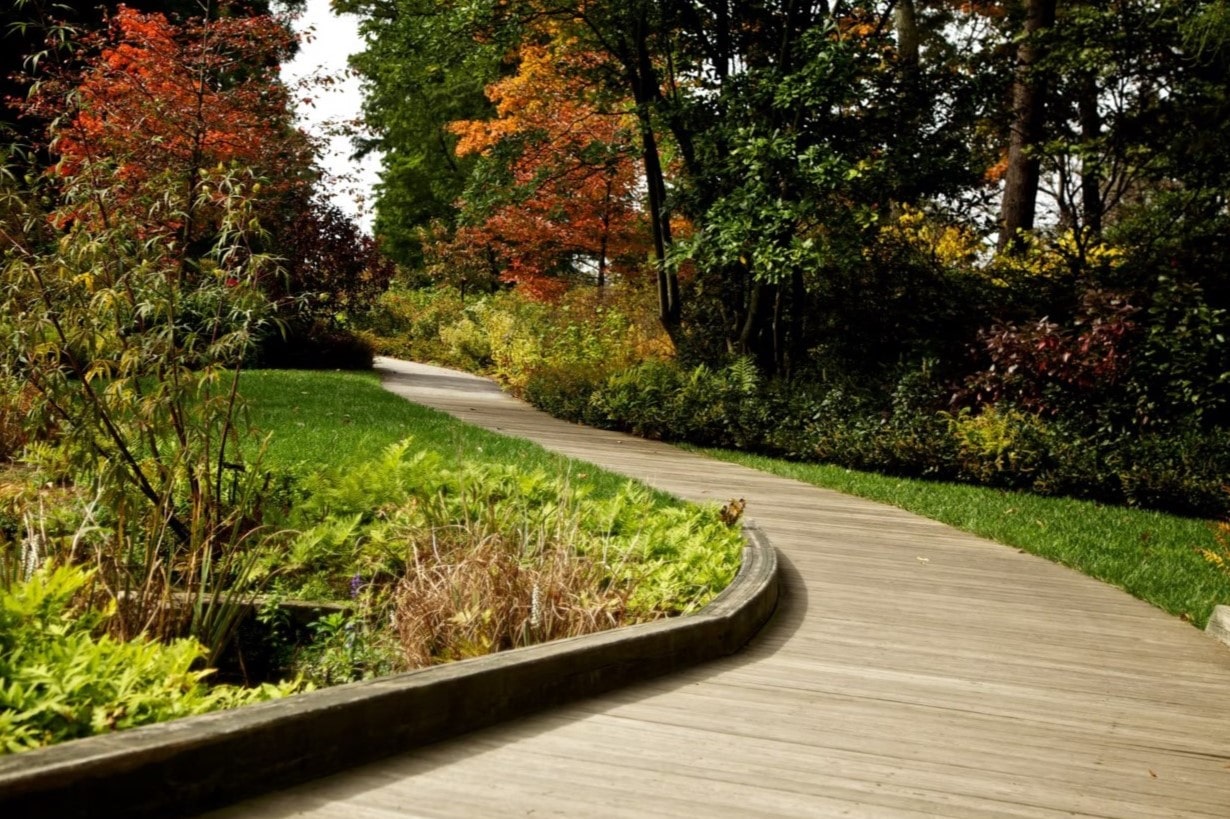

Planning & Engineering
What Motivates You To Be A Landscape Architect
Modified: November 1, 2024
Discover the driving force behind landscape architects! Find out how planning and engineering play a crucial role in motivating professionals in this rewarding field.
(Many of the links in this article redirect to a specific reviewed product. Your purchase of these products through affiliate links helps to generate commission for Storables.com, at no extra cost. Learn more)
Introduction
Being a landscape architect is not simply a profession, but a way of life for those who have a deep-rooted passion for nature, design, and creating sustainable outdoor spaces. It is a career that combines both artistry and science, enabling individuals to shape and transform the world around them.
In this article, we will delve into the various factors that motivate individuals to embark on a journey as a landscape architect. From a love for nature and the outdoors to the opportunity for creative expression and the influence on people’s lives, this profession offers a myriad of reasons to be drawn to its enchanting world.
So, what exactly motivates someone to become a landscape architect? Let’s explore the motivations behind this rewarding and fulfilling career.
Key Takeaways:
- Embracing a career in landscape architecture allows individuals to channel their passion for nature into creating sustainable outdoor spaces that harmonize with the environment, positively impacting communities and individuals’ well-being.
- Landscape architecture offers a fulfilling and rewarding path for those driven by a love for nature, artistic expression, environmental stewardship, problem-solving, and collaborative work, providing diverse career opportunities and potential for professional growth.
Passion for Nature and the Outdoors
One of the primary motivations for individuals to become landscape architects is their deep passion for nature and the great outdoors. These individuals have a natural inclination towards appreciating the beauty and intricacy of the natural world. They find solace and inspiration in the tranquility of a lush green forest, the majesty of towering mountains, or the serenity of a flowing river.
By pursuing a career in landscape architecture, these individuals are able to channel their love for nature into designing and creating outdoor spaces that seamlessly blend with the environment. They are driven by the desire to preserve and enhance the natural beauty of landscapes, ensuring that future generations can also benefit from and enjoy these spaces.
Furthermore, landscape architects are often avid environmentalists who are committed to sustainable design practices. They have a deep understanding of the delicate balance between human needs and the well-being of the environment. By incorporating sustainable design principles into their projects, landscape architects strive to minimize the negative impact on ecosystems and contribute to the preservation of our natural resources.
For those with a passion for nature and the outdoors, becoming a landscape architect allows them to immerse themselves in an industry that aligns with their values and provides opportunities to create harmonious outdoor spaces that seamlessly integrate with the natural environment.
Creativity and Artistic Expression
Another compelling motivation for individuals to pursue a career as a landscape architect is the opportunity to unleash their creativity and artistic expression. This profession offers a unique platform for individuals to merge their love for design with their innate artistic talents.
Landscape architects have the ability to envision and bring to life captivating outdoor environments that not only serve a functional purpose but also evoke a sense of beauty and wonder. They have the freedom to experiment with various elements, such as colors, textures, and forms, to create visually stunning landscapes that leave a lasting impression.
Whether it is designing a vibrant urban park, a tranquil botanical garden, or an awe-inspiring residential landscape, landscape architects have the creative freedom to explore innovative and unique design concepts. From selecting the perfect combination of plant species to incorporating eye-catching hardscape features, they have the ability to transform ordinary spaces into extraordinary works of art.
Additionally, landscape architects often collaborate with other creative professionals, such as architects and urban planners, to create cohesive designs that harmonize with the surrounding built environment. This collaboration fosters an environment of creative exchange, allowing landscape architects to learn from and be inspired by other design disciplines.
For those who possess a passion for creativity and artistic expression, a career in landscape architecture offers an outlet to combine their design skills with their artistic sensibilities, resulting in compelling and visually striking outdoor spaces.
Influence on People’s Lives
One of the most rewarding aspects of being a landscape architect is the profound influence that their work can have on people’s lives. Landscape architects have the power to create spaces that not only enhance the physical environment but also enrich the overall well-being of individuals who interact with these spaces.
By designing well-planned and thoughtfully executed outdoor environments, landscape architects can positively impact the quality of life for communities and individuals. They have the ability to create spaces that promote social interaction, encourage physical activity, and improve mental well-being.
In urban settings, landscape architects play a crucial role in designing public parks, plazas, and green spaces that serve as gathering places for communities. These spaces provide opportunities for people to connect with nature, engage in recreational activities, and foster a sense of community. By creating inviting and accessible spaces, landscape architects contribute to the social fabric of neighborhoods and enhance the overall livability of cities.
Furthermore, landscape architects have the opportunity to design therapeutic landscapes that promote healing and well-being. From healthcare facilities to senior living communities, these landscapes are carefully designed to provide a sense of serenity, promote relaxation, and improve the overall quality of life for individuals seeking solace from the stresses of everyday life.
In residential settings, landscape architects can transform outdoor spaces into personal retreats that reflect the homeowner’s unique lifestyle and preferences. Whether it’s a peaceful sanctuary for relaxation, a lively gathering area for entertaining, or a playful playground for children, landscape architects have the ability to create individualized environments that cater to the specific needs and desires of their clients.
The profound influence that landscape architects have on people’s lives is evident in the positive feedback and gratitude they receive from those who benefit from their designs. The ability to make a difference in people’s lives is a strong motivation for individuals to pursue a career in landscape architecture.
Environmental Stewardship
Landscape architects are often motivated by a strong sense of environmental stewardship, as they recognize the critical role they play in shaping the future of our planet. They are deeply aware of the impact that human activities can have on ecosystems and are committed to creating sustainable landscapes that minimize harm to the environment.
Through their knowledge of ecological systems, landscape architects are able to design landscapes that conserve natural resources, promote biodiversity, and restore ecosystems. They prioritize the use of native plants, which are adapted to local climates and require less water and maintenance. By incorporating sustainable irrigation systems, rainwater harvesting techniques, and energy-efficient lighting, they can significantly reduce the ecological footprint of outdoor spaces.
Furthermore, landscape architects play a vital role in mitigating the effects of urbanization on the environment. They design green infrastructure solutions, such as green roofs, permeable pavements, and rain gardens, to manage stormwater runoff and improve water quality. These innovative designs help reduce the strain on traditional drainage systems and protect natural water sources.
Landscape architects also collaborate with conservation organizations and government agencies to restore and rehabilitate degraded landscapes. They work on projects such as wetland restoration, reforestation efforts, and habitat creation, with the aim of preserving biodiversity and promoting ecological balance.
By integrating sustainable practices into their designs and advocating for environmentally conscious solutions, landscape architects not only contribute to the long-term health of the planet, but they also inspire others to take action and become more mindful of their own impact on the environment.
The opportunity to make a positive difference in environmental conservation is a powerful motivator for landscape architects who are driven by their love for nature and their desire to protect and preserve it for future generations.
Find inspiration in nature and the desire to create sustainable, functional, and beautiful outdoor spaces. Embrace the opportunity to positively impact the environment and people’s lives through your designs.
Problem Solving and Innovation
Landscape architecture is a field that demands problem-solving skills and fosters a spirit of innovation. Landscape architects are constantly faced with a wide range of challenges, from designing in difficult terrain to finding creative solutions for site limitations. It is this opportunity for problem-solving and innovation that motivates many individuals to pursue a career in this field.
When starting a new project, landscape architects must carefully analyze the site, taking into consideration factors such as topography, soil conditions, climate, and existing vegetation. They must identify potential challenges and develop innovative solutions that address these issues. This process requires critical thinking, spatial awareness, and a deep understanding of environmental factors.
Landscape architects are known for their ability to transform constraints into opportunities. Whether it’s designing a rooftop garden in an urban setting or creating a sustainable landscape on a steep slope, they are constantly pushing boundaries and seeking innovative design solutions. They work closely with engineers, horticulturists, and other professionals to develop creative and sustainable design strategies.
In addition, landscape architects are at the forefront of integrating technology into their practice. They leverage advanced computer-aided design (CAD) tools, geographic information systems (GIS), and virtual reality applications to visualize designs, analyze data, and communicate ideas effectively. This use of technology not only streamlines the design process but also allows for more accurate and efficient decision-making.
Furthermore, landscape architects are instrumental in incorporating cutting-edge sustainable design principles into their projects. They are constantly exploring new materials, technologies, and techniques that minimize environmental impact and maximize energy efficiency. From green roofs and living walls to solar-powered lighting and recycled materials, landscape architects are at the forefront of sustainable innovation in the field of design.
The opportunity to solve complex problems and embrace innovative design approaches is a driving force for individuals passionate about landscape architecture. It allows them to constantly learn, adapt, and contribute to the evolution of the profession.
Collaborative Work
Landscape architecture is a highly collaborative field that brings together professionals from various disciplines to create cohesive and successful designs. The opportunity to engage in collaborative work is a strong motivator for individuals considering a career as a landscape architect.
From the initial stages of a project, landscape architects work closely with clients, architects, engineers, and other stakeholders to understand the vision and objectives of the project. They collaborate to develop a design brief that addresses the needs and desires of the client while considering the technical and environmental aspects of the site.
During the design process, landscape architects continue to collaborate with other professionals to ensure that all aspects of the project are carefully considered. They work closely with architects to integrate landscape elements seamlessly into the built environment. They collaborate with engineers to incorporate sustainable infrastructure and ensure proper grading and drainage. They consult with horticulturists and arborists to select appropriate plant species that suit the site conditions and provide long-term viability.
Effective collaboration requires excellent communication and interpersonal skills. Landscape architects must be able to clearly articulate their design ideas and explain concepts to clients and other team members. They must also be receptive to feedback and able to adapt their designs based on input from various stakeholders.
Collaborative work in landscape architecture not only enhances the quality and functionality of the design but also fosters a sense of camaraderie and shared achievement. It allows individuals to learn from one another, leverage their strengths, and collectively overcome challenges.
Additionally, collaborative work extends beyond the immediate project team. Landscape architects often collaborate with community groups, environmental organizations, and public agencies to gather input, address concerns, and ensure that the design reflects the needs of the community.
The opportunity to work collaboratively with a diverse group of professionals and stakeholders is a motivating factor for individuals interested in landscape architecture. It allows them to combine their expertise with the perspectives of others, resulting in more comprehensive and successful designs.
Career Opportunities and Growth
Another motivating factor for individuals considering a career in landscape architecture is the abundance of career opportunities and the potential for professional growth within the field. The diverse range of projects and the ever-evolving nature of the profession offer a dynamic and rewarding career path.
Landscape architects have the opportunity to work on a wide array of projects, ranging from small residential gardens to large-scale urban planning initiatives. They can specialize in various sectors, such as public spaces, commercial developments, residential design, historic preservation, and ecological restoration. This versatility allows individuals to explore their specific interests and find their niche within the profession.
Moreover, landscape architects have the flexibility to work in different settings. They can be employed by landscape architecture firms, design consulting companies, or architectural firms, or choose to start their own design practice. They can also work in public sector roles, such as urban planning departments, parks and recreation agencies, or environmental organizations.
As professionals gain experience and expertise in the field, they have opportunities for career advancement and leadership roles. Senior landscape architects often take on project management responsibilities, overseeing teams and guiding the design process. Some may choose to specialize in specific areas, such as sustainable design, urban design, or landscape construction management.
The profession of landscape architecture is constantly evolving, driven by advancements in technology, changes in design trends, and a growing awareness of environmental sustainability. This offers landscape architects the chance to continually learn and grow professionally. They can stay updated on the latest design tools and software, acquire new skills through workshops and seminars, and pursue certifications in specialized areas.
In addition to personal and professional growth, landscape architecture also provides opportunities for making a positive impact on communities and the environment. By creating sustainable and resilient designs, landscape architects contribute to the long-term health and well-being of people and the planet.
The combination of diverse career opportunities, potential for growth, and the ability to make a difference in the world makes landscape architecture an attractive and fulfilling profession for those seeking an engaging and rewarding career.
Conclusion
Choosing a career as a landscape architect is a decision driven by a multitude of motivations. From a deep passion for nature and the outdoors to a desire for creative expression and the opportunity to influence people’s lives, landscape architecture offers a fulfilling and rewarding path for those who embark on it.
For individuals with a love for nature, becoming a landscape architect allows them to channel their passion into creating sustainable outdoor spaces that harmoniously blend with the environment. They become stewards of the earth, working to preserve and enhance the natural beauty of landscapes.
The opportunity for creativity and artistic expression is another powerful motivation for landscape architects. They have the ability to envision and bring to life captivating outdoor environments that inspire and evoke emotions. By merging design skills with artistic sensibilities, they transform ordinary spaces into extraordinary works of art.
Influencing people’s lives is a profound aspect of being a landscape architect. Through well-designed outdoor spaces, they enhance the quality of life for communities and individuals. From creating gathering spaces that foster social interaction to designing therapeutic landscapes that promote well-being, landscape architects have the power to make a positive impact on people’s lives.
Environmental stewardship is a driving force for many landscape architects. They strive to create sustainable designs that minimize harm to the environment and adopt innovative solutions to mitigate the effects of urbanization. By integrating green infrastructure and utilizing sustainable practices, they contribute to the preservation of our natural resources.
A career in landscape architecture also offers the opportunity for problem-solving and innovation. Landscape architects are adept at finding creative solutions to complex design challenges, constantly pushing boundaries and embracing new technologies and techniques.
Collaborative work is another compelling aspect of the profession. Landscape architects collaborate with numerous professionals and stakeholders to create cohesive and successful designs. This collaborative approach not only enhances the quality of the design but also fosters a sense of camaraderie and shared achievement.
Lastly, the availability of diverse career opportunities and the potential for professional growth make landscape architecture an attractive field. With the ability to specialize in different sectors and work in various settings, landscape architects have the freedom to explore their passions and expand their expertise.
In conclusion, the motivations behind becoming a landscape architect are intertwined with a deep love for nature, an innate artistic sensibility, a desire to make a positive impact on people and the environment, a passion for problem-solving, and the opportunity for career growth. By pursuing a career in landscape architecture, individuals embark on a fulfilling journey that allows them to shape and transform the world around them, leaving a lasting legacy that enriches both human lives and the natural environment.
Frequently Asked Questions about What Motivates You To Be A Landscape Architect
Was this page helpful?
At Storables.com, we guarantee accurate and reliable information. Our content, validated by Expert Board Contributors, is crafted following stringent Editorial Policies. We're committed to providing you with well-researched, expert-backed insights for all your informational needs.
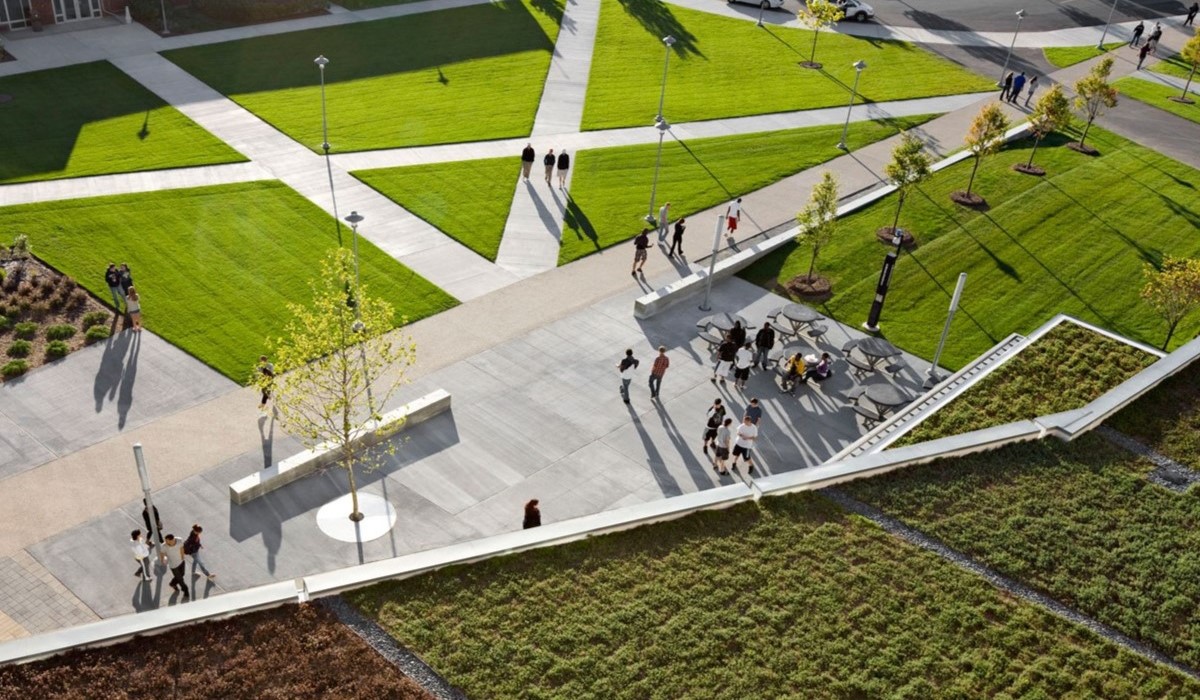
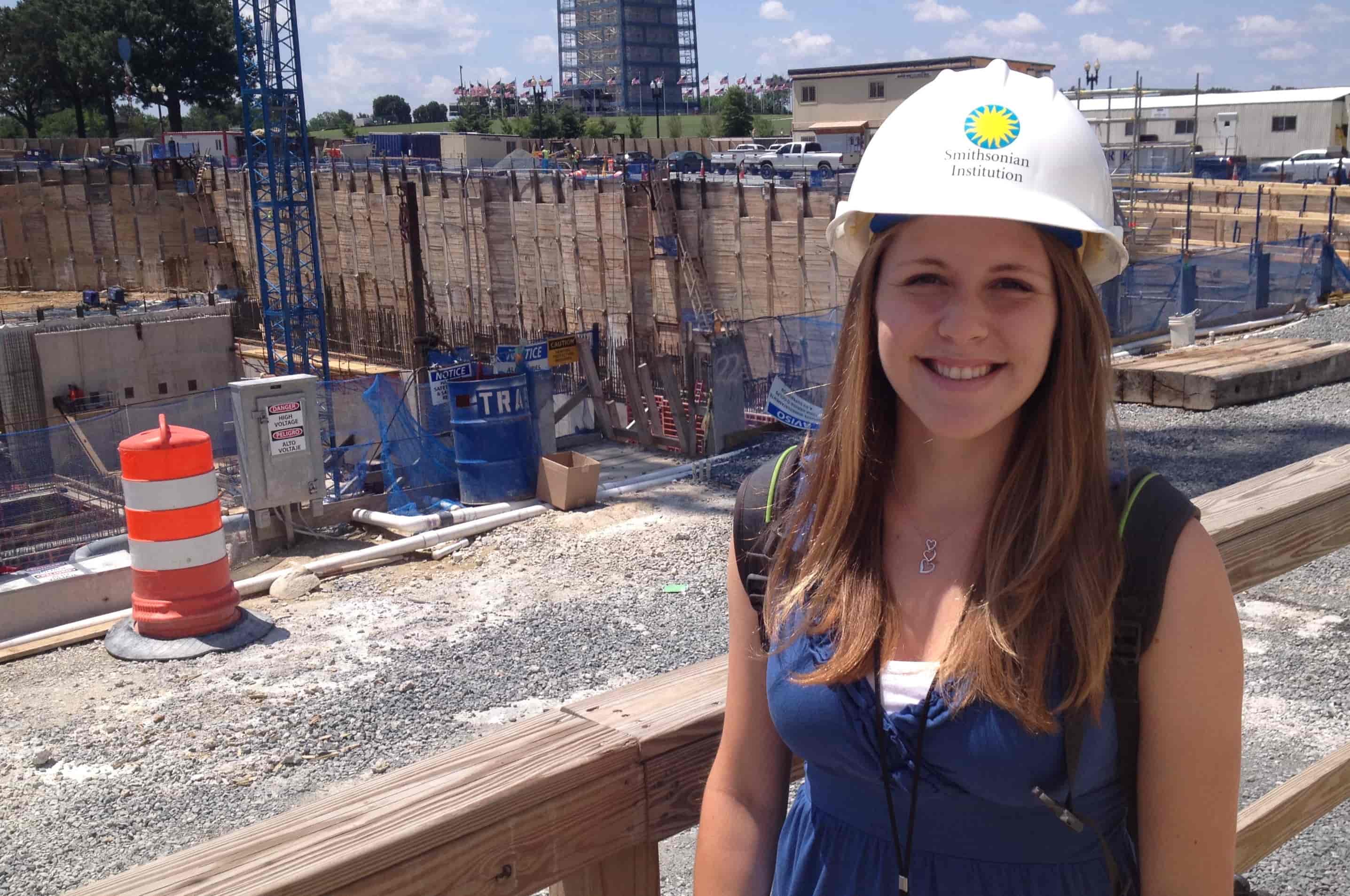
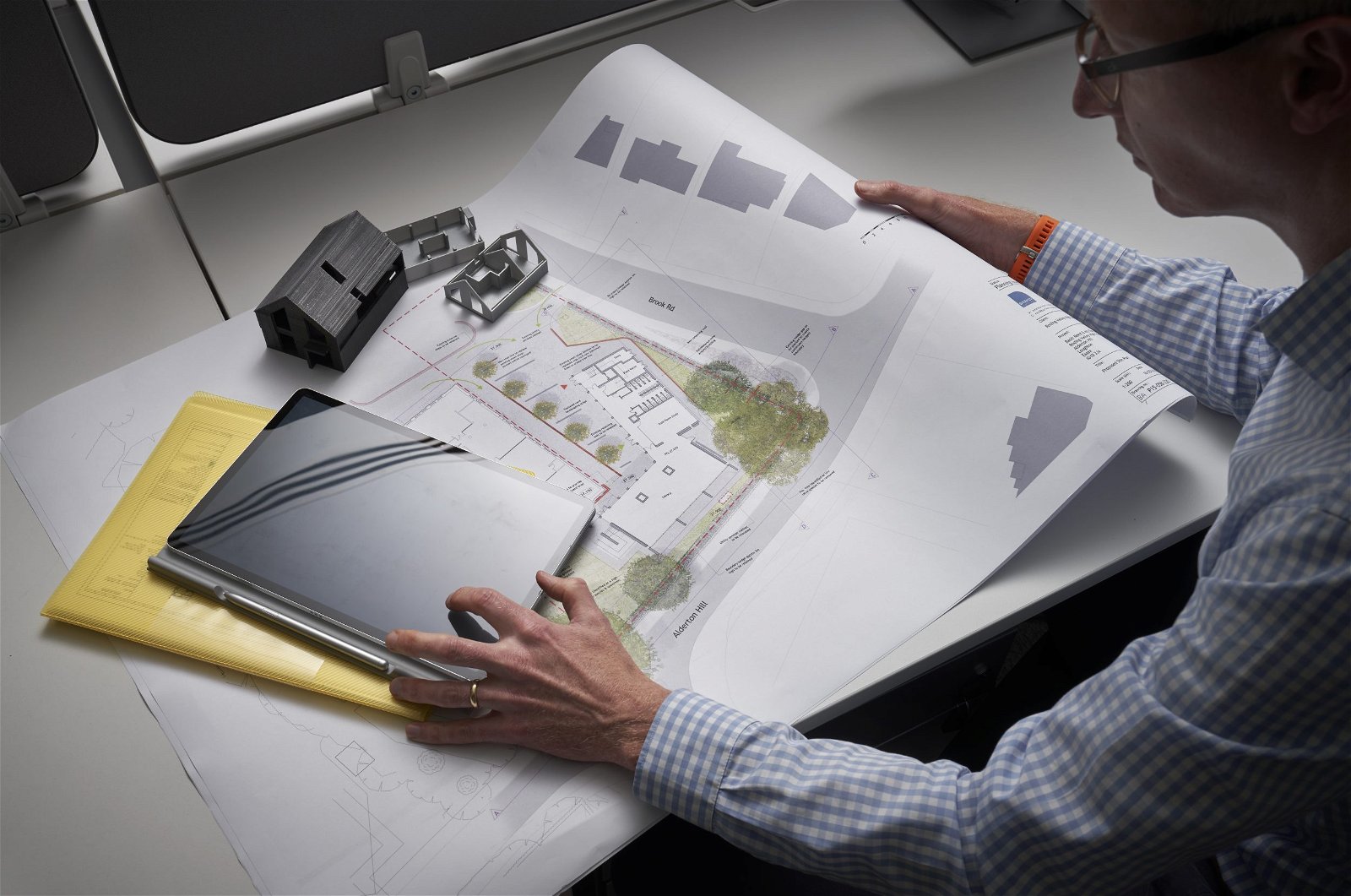
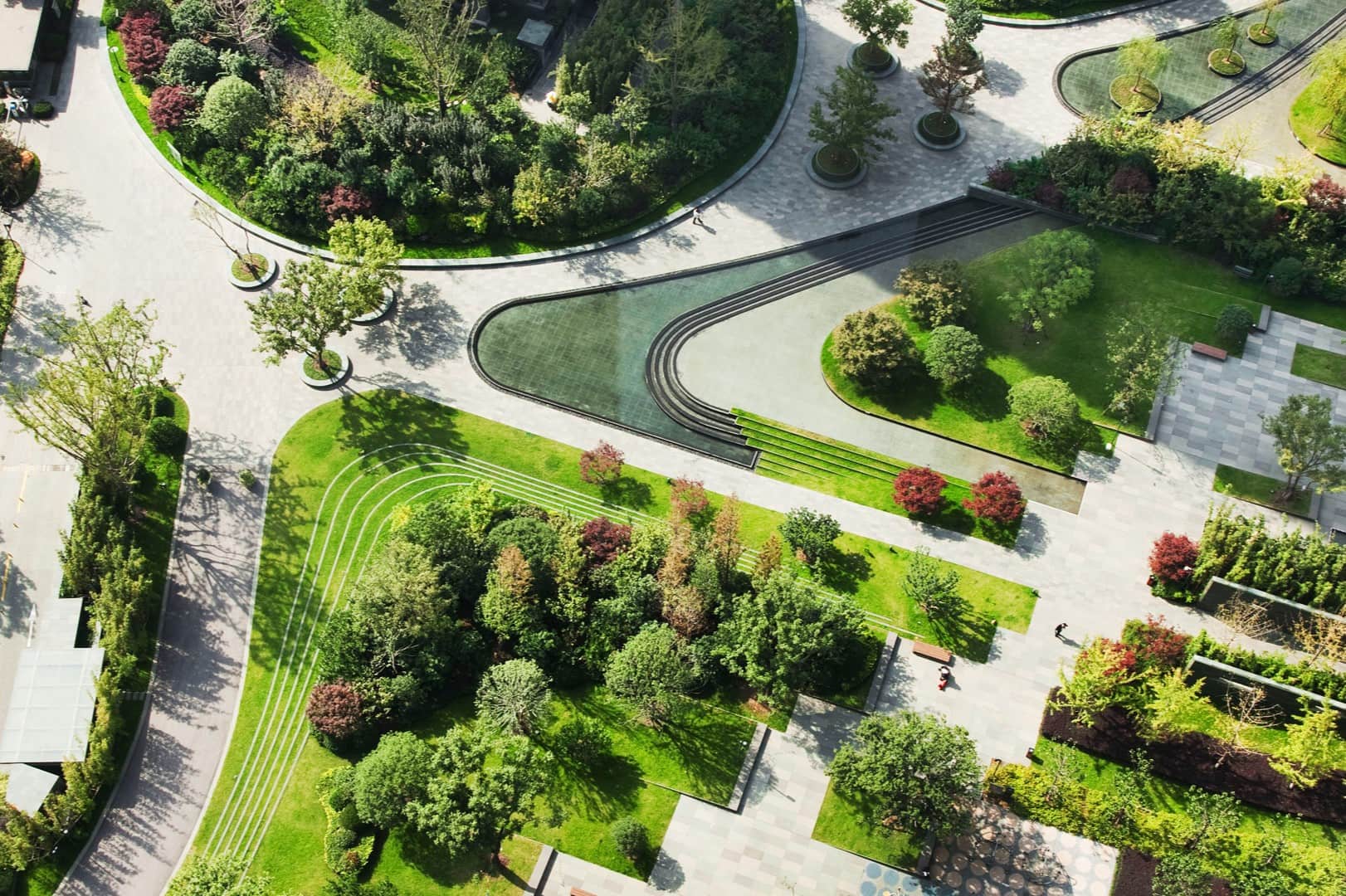
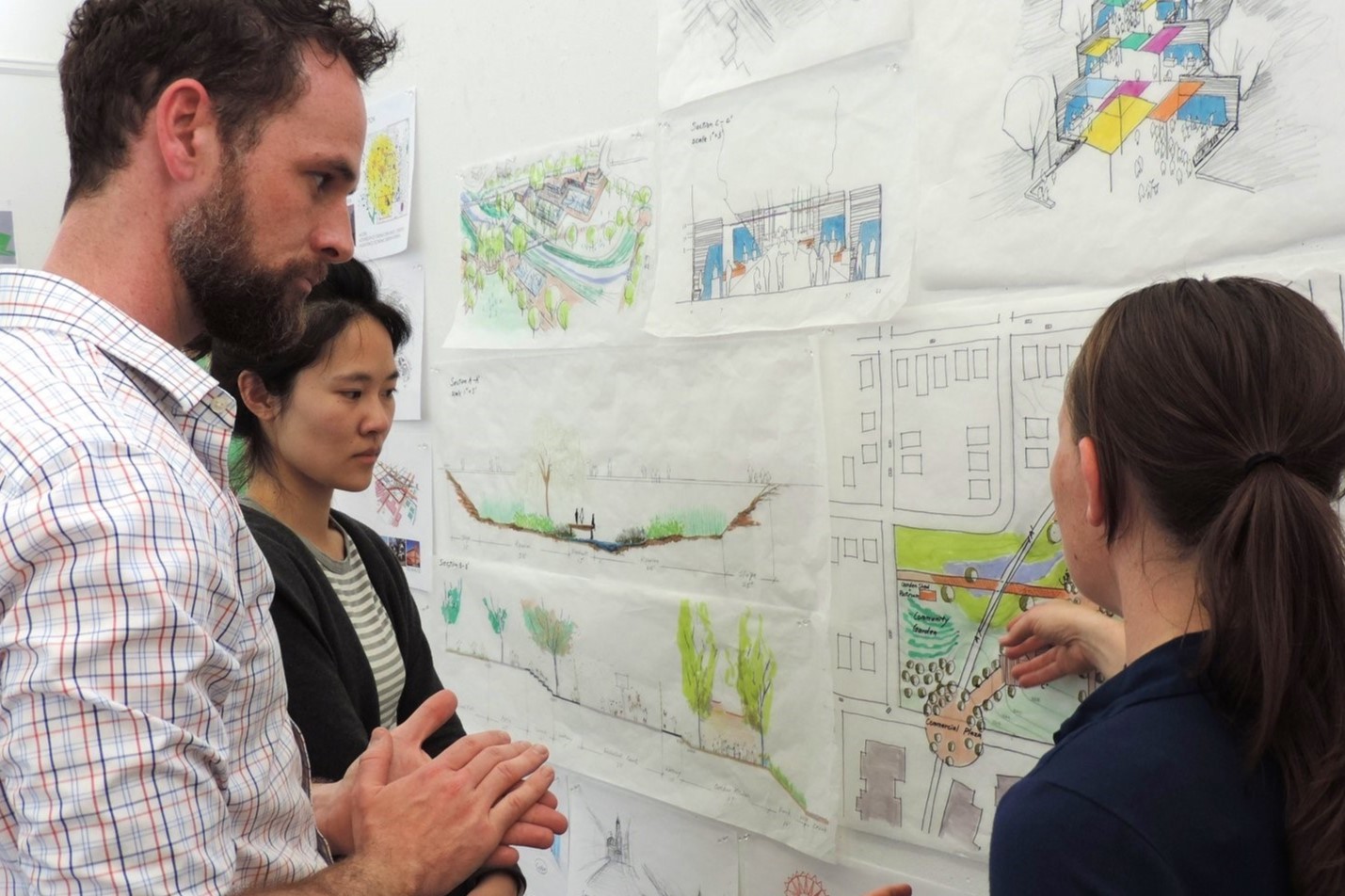
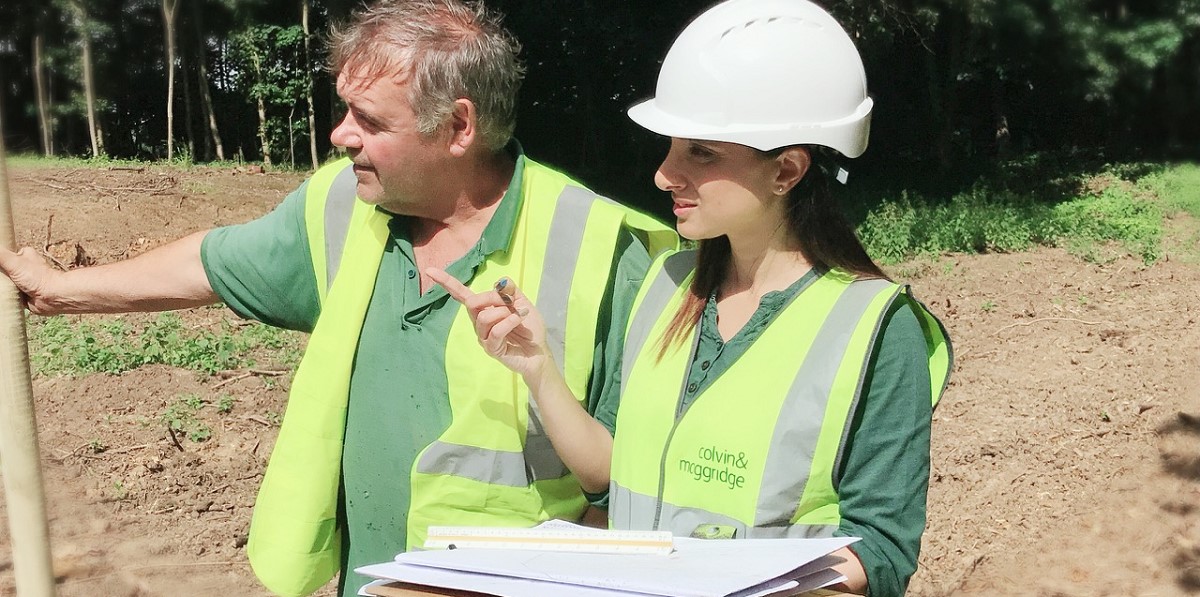


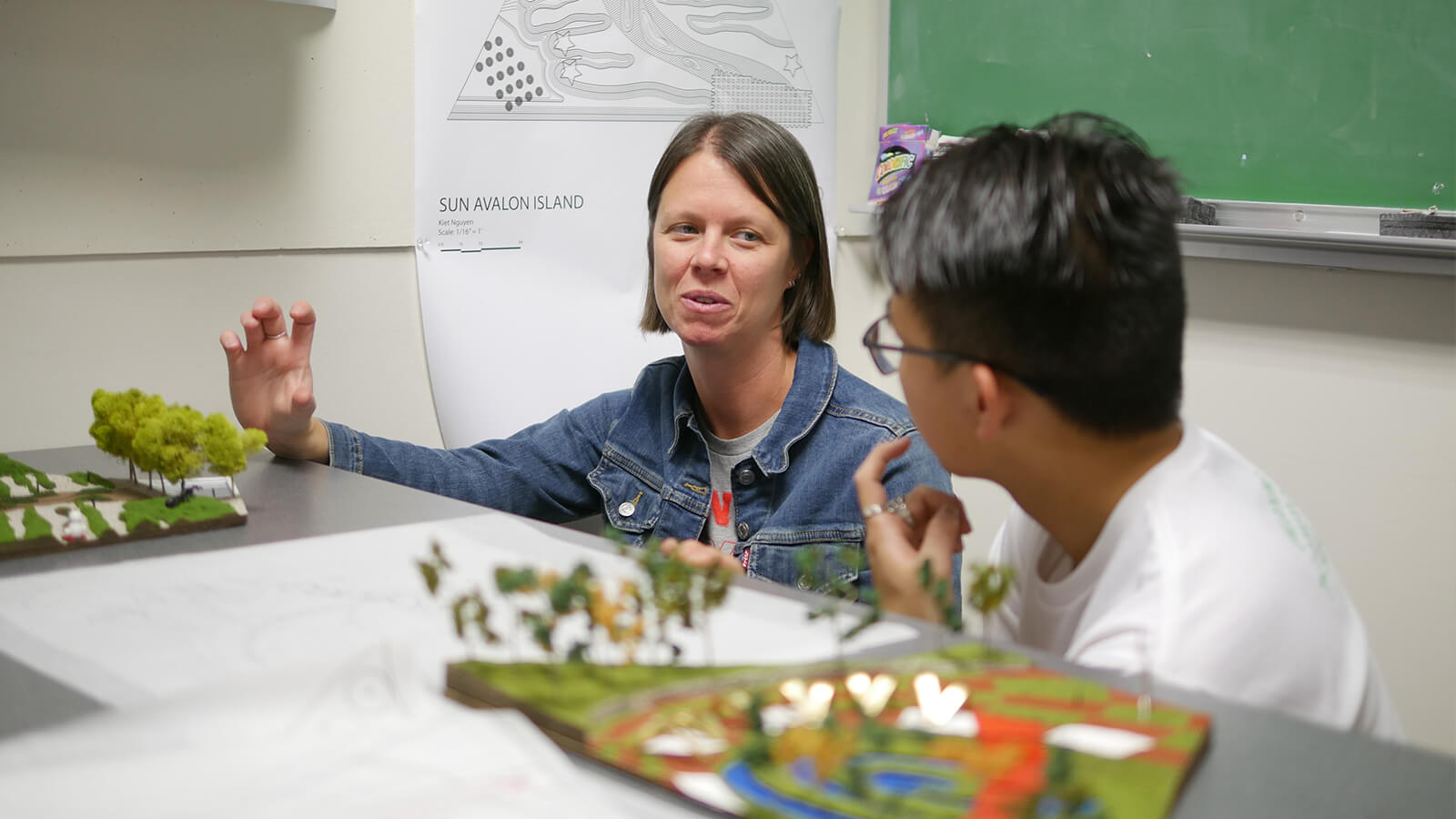
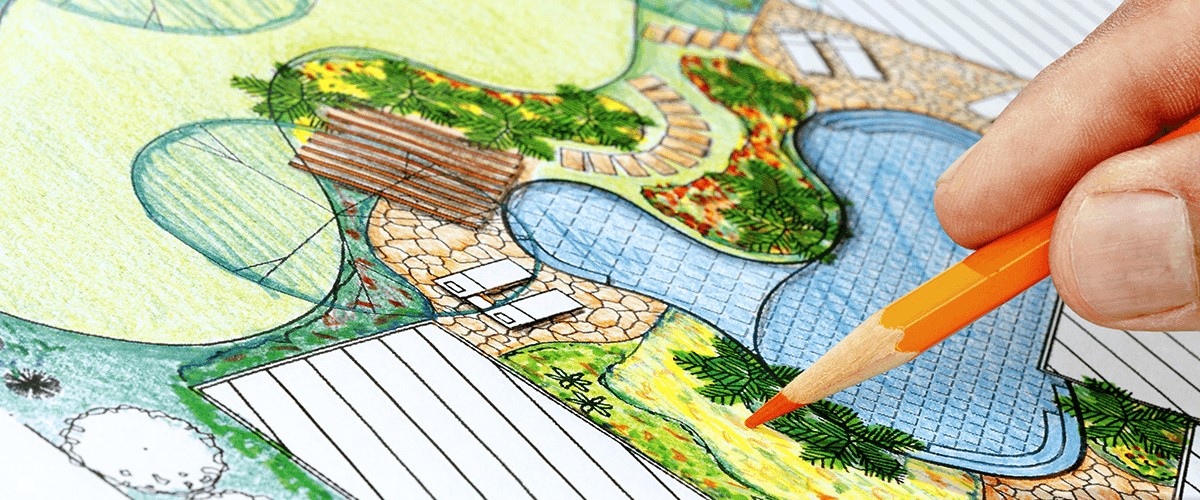

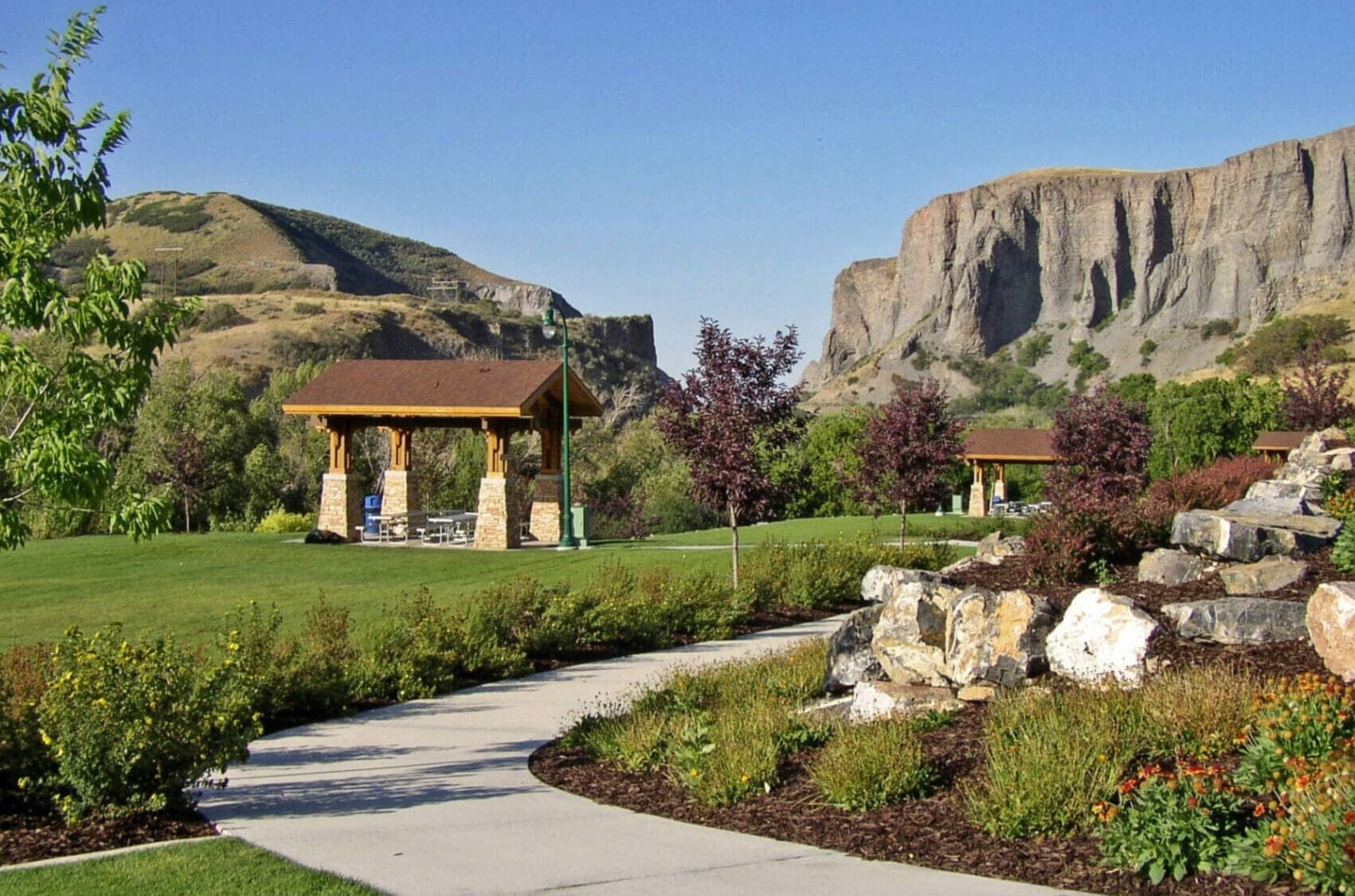

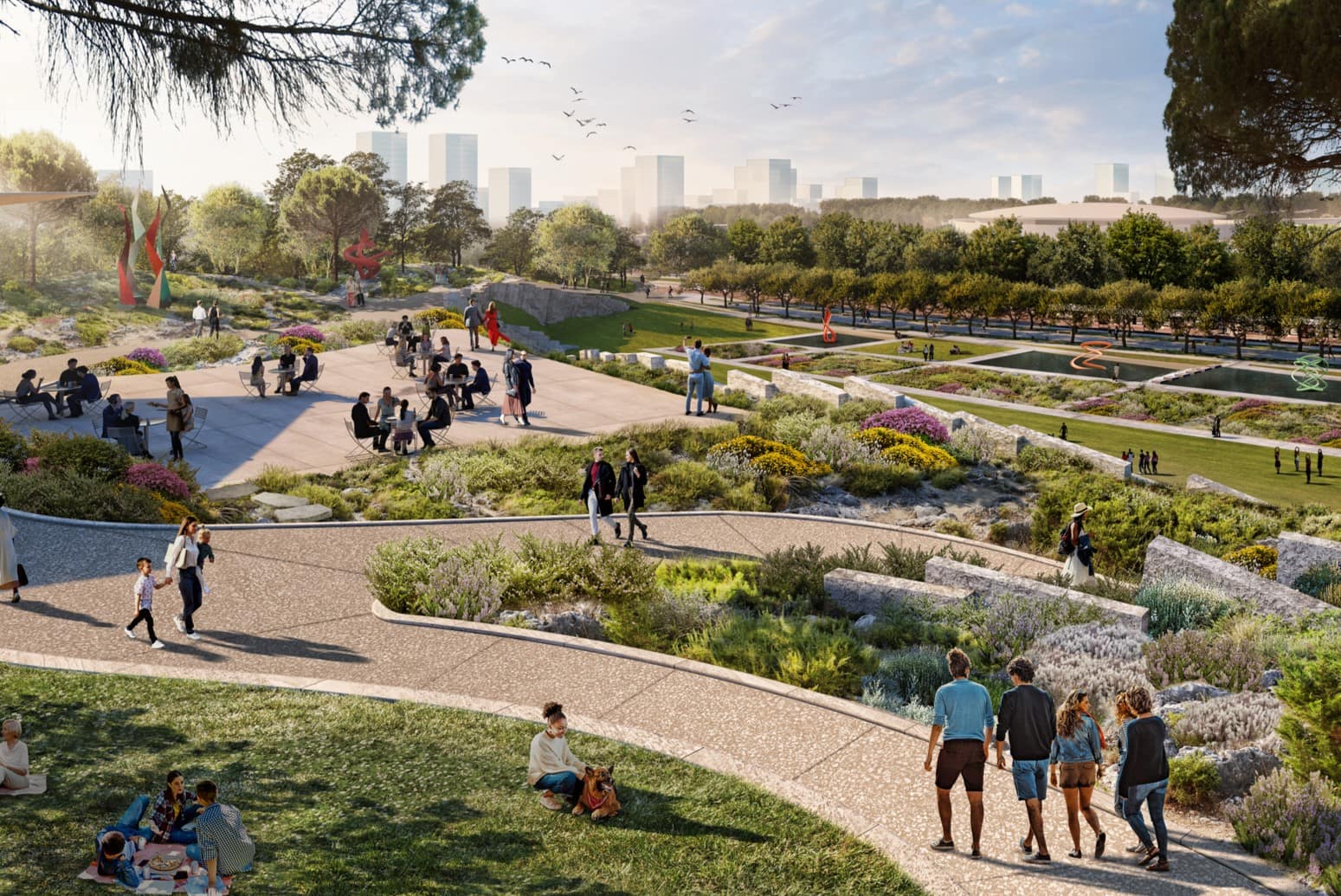

0 thoughts on “What Motivates You To Be A Landscape Architect”